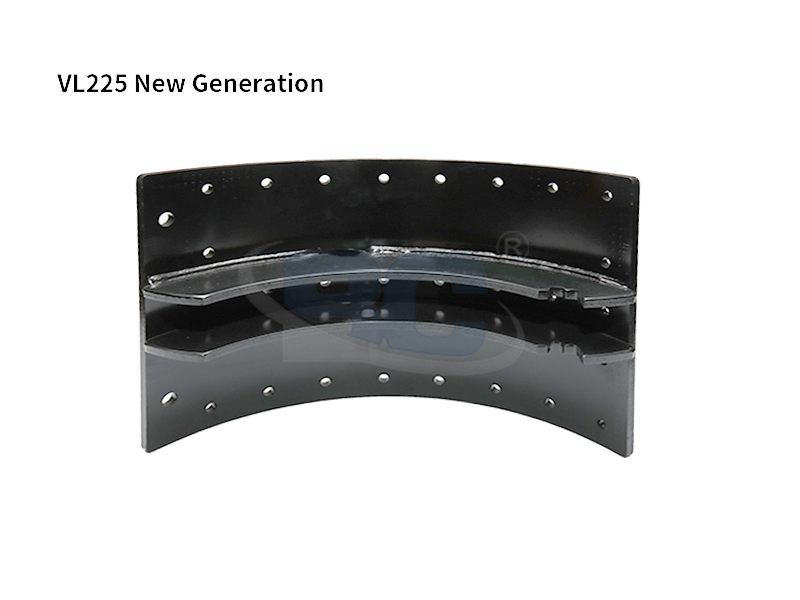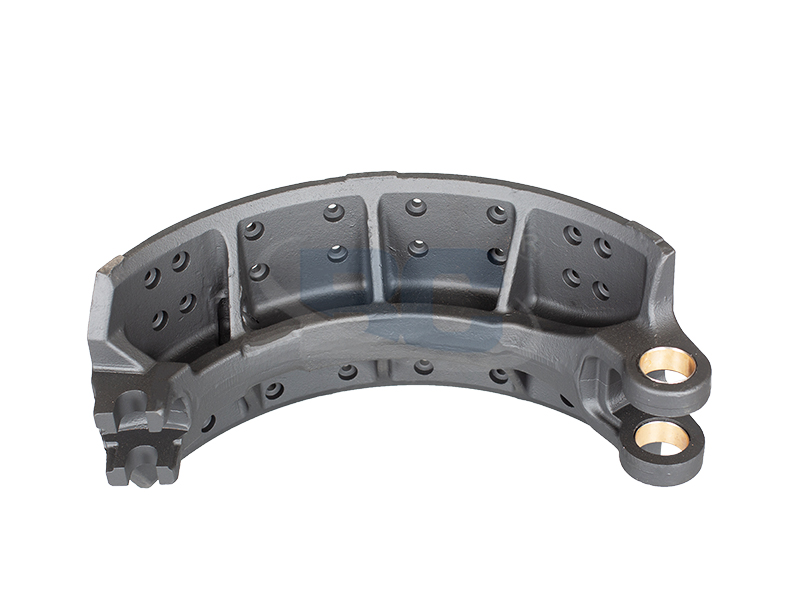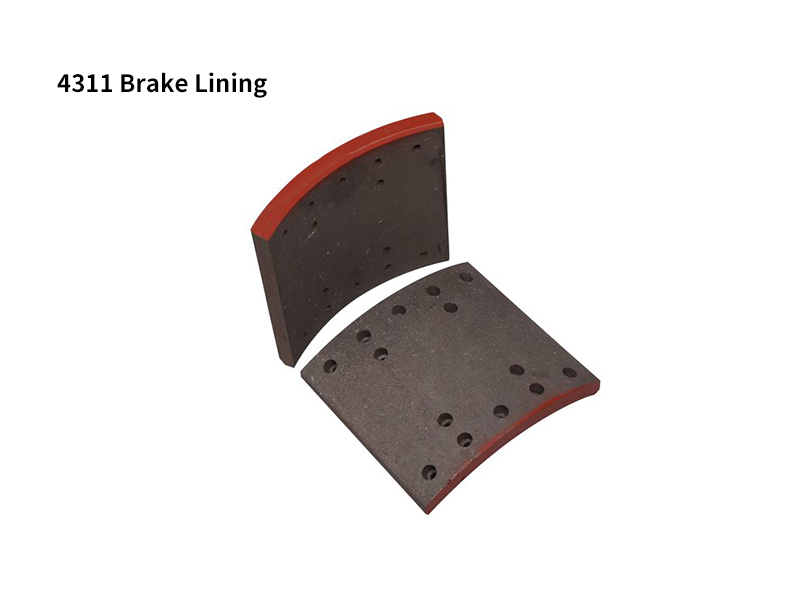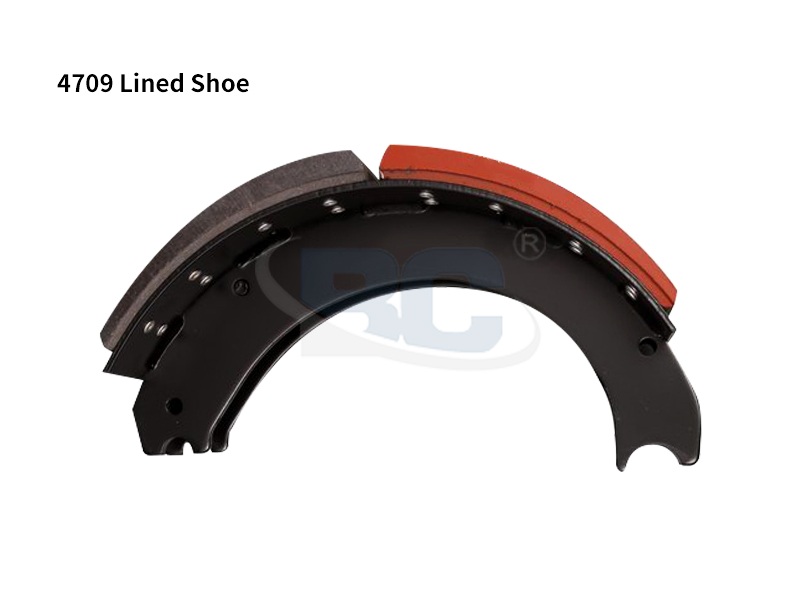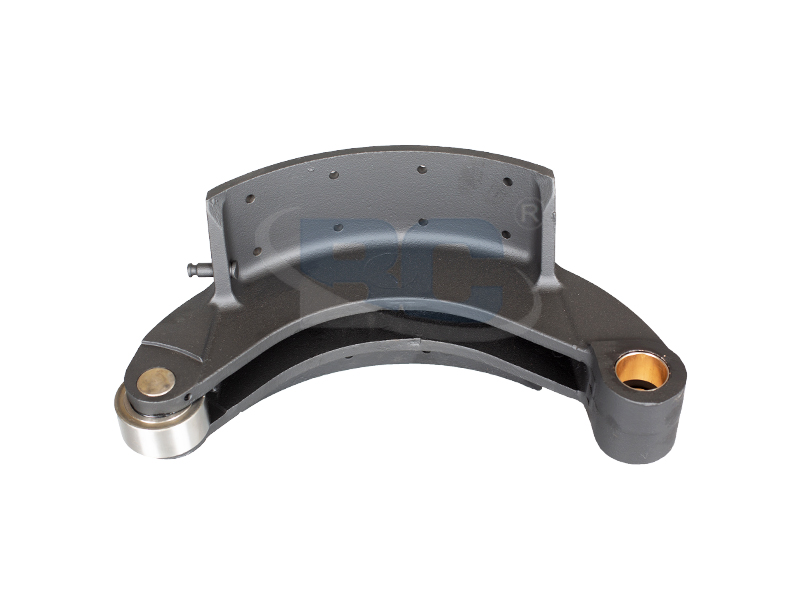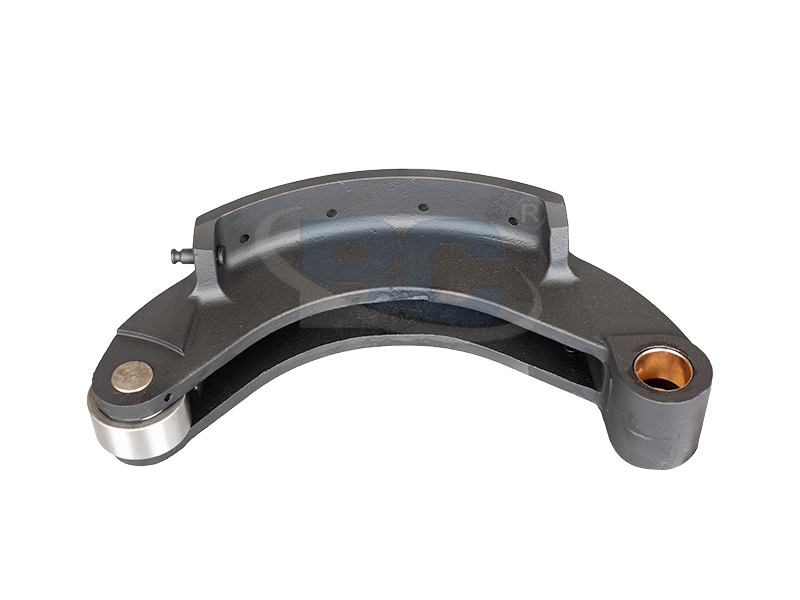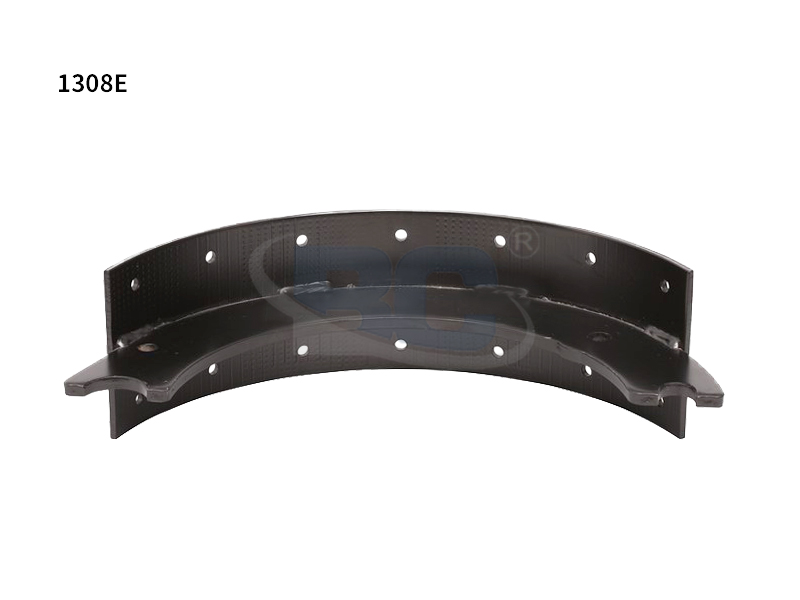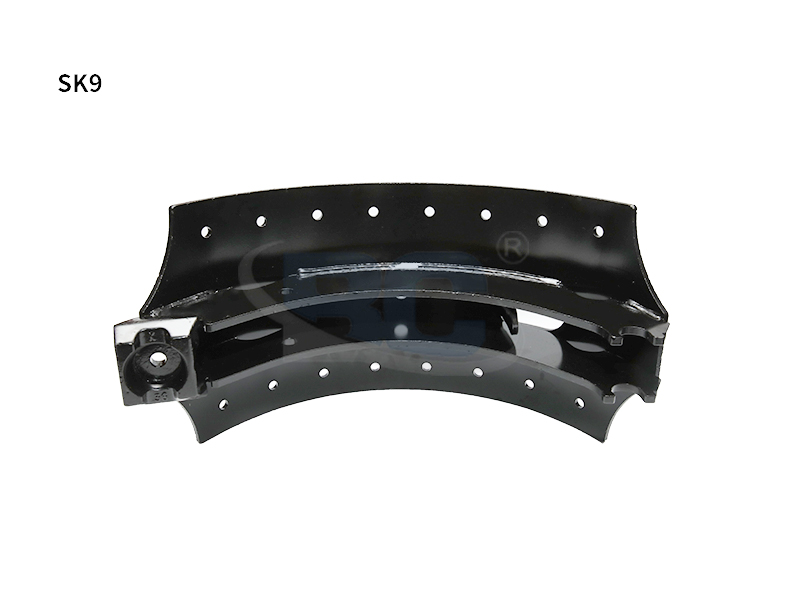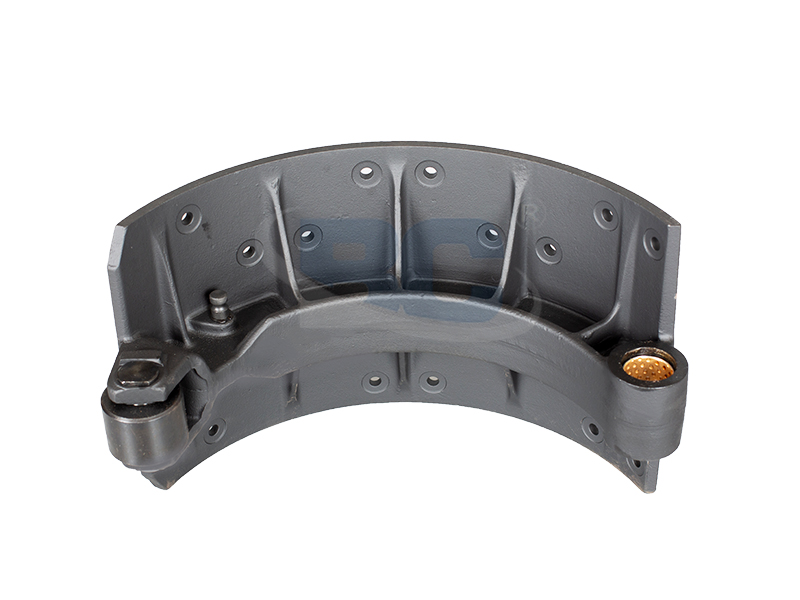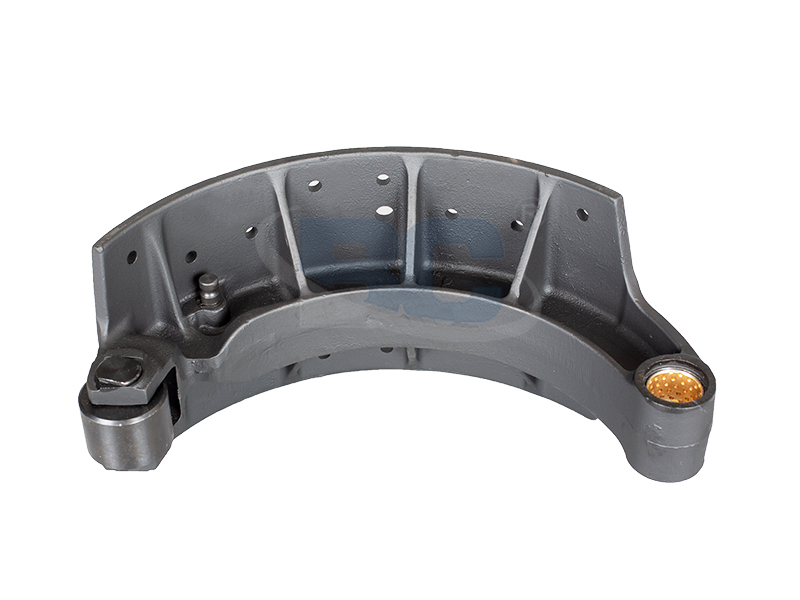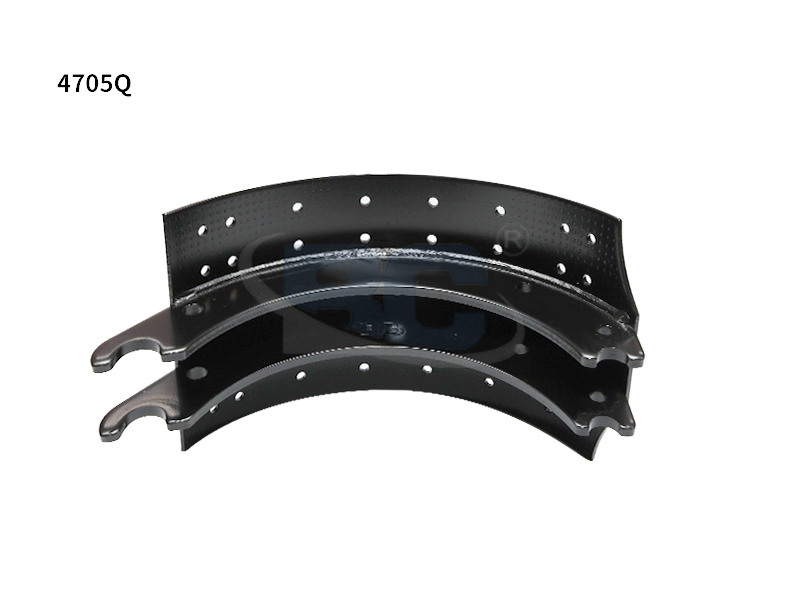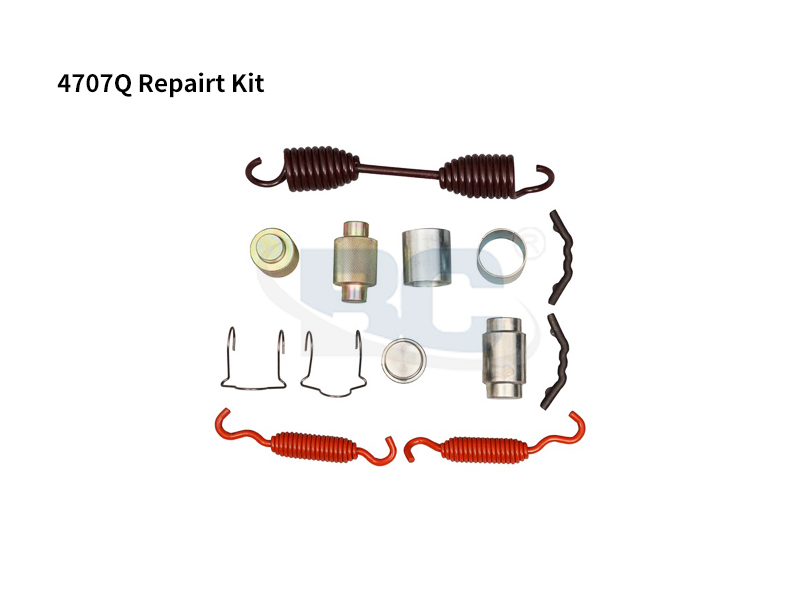Brake Shoes - What Are They?
A brake shoe is usually the component of an anti-lock braking system (ABS) that carries the brake fluid in the drum brake systems utilized in trains, or bicycle brakes and road cars. A device that's placed directly on the wheel to slow a train is called brake shoe. Brake shoes are normally made of plastic but can be metal too. The material may differ, but they usually all do the same thing-preventing the wheels from rotating while the brake is applied. They work by grabbing onto a thin piece of metal called a strut, which runs vertically into the wheel hub. When the driver applies pressure on the brake, this piece of metal contracts outward, grabbing onto the strut and holding it in place against the wheels.
The concept is simple enough, but there's more to a brake shoe than meets the eye. To understand how it works, you first need to know what happens when the driver applies pressure to the brake. When the wheels are in motion, any slippage on the brake liner causes a little "hammering" on the inside of the friction material. This tiny bit of force has the effect of making the material "grab" onto the brake shoe, keeping it from moving laterally. This is why you often see skid marks left by poorly applied breaks.
This brings us to the next factor to consider: The angle between the tire and the rim. Any downward force will push the rear axle toward the center of the rim, reducing the stopping power of the front axle. A brake shoe reduces this tendency, since it acts as a "fence" around the inside of the disc brake system, holding it in place. This reduces the slippage that causes the skid marks and reduced stopping power.
As the braking system is used, the shoes wear out and become less effective. They do not last forever, but once the tread becomes completely worn, the front and back tires do not apply nearly as much braking force. If a driver applies ample pressure to the brakes, he can have the brakes do most of the work, while the rears brakes do all the work of deceleration. This keeps the car on the road and does not allow it to skid or fold back on itself, so the wearing of the brake shoe also serves an important safety function. In fact, if the brakes are applied too hard, it can cause the driver to slip on the brakes, which is very dangerous.
However, brakes can only be applied with partial pressure, and this limits the amount of wear that the brakes can endure. Brake pads also wear out, but their life span is extended by the addition of an extra element. A special type of rubber called EBC pads allows a bit more of the braking force to be directed to the soles of the brakes. This allows for significantly longer service life than can be achieved with standard brake pads, and can make a tremendous difference in safety.
Some drivers prefer the appearance of an unpadded brake shoe, but they do not have to worry about this feature. A padded lining will protect the motor from damage. In addition, the lining will help to keep a good grip on the steering wheel, preventing it from slipping and causing a distraction. The padding is typically made out of silicon rubber, and some advanced models have what is referred to as multi-layer rubber built right into the lining, which can increase strength and durability even more.


 English
English 简体中文
简体中文